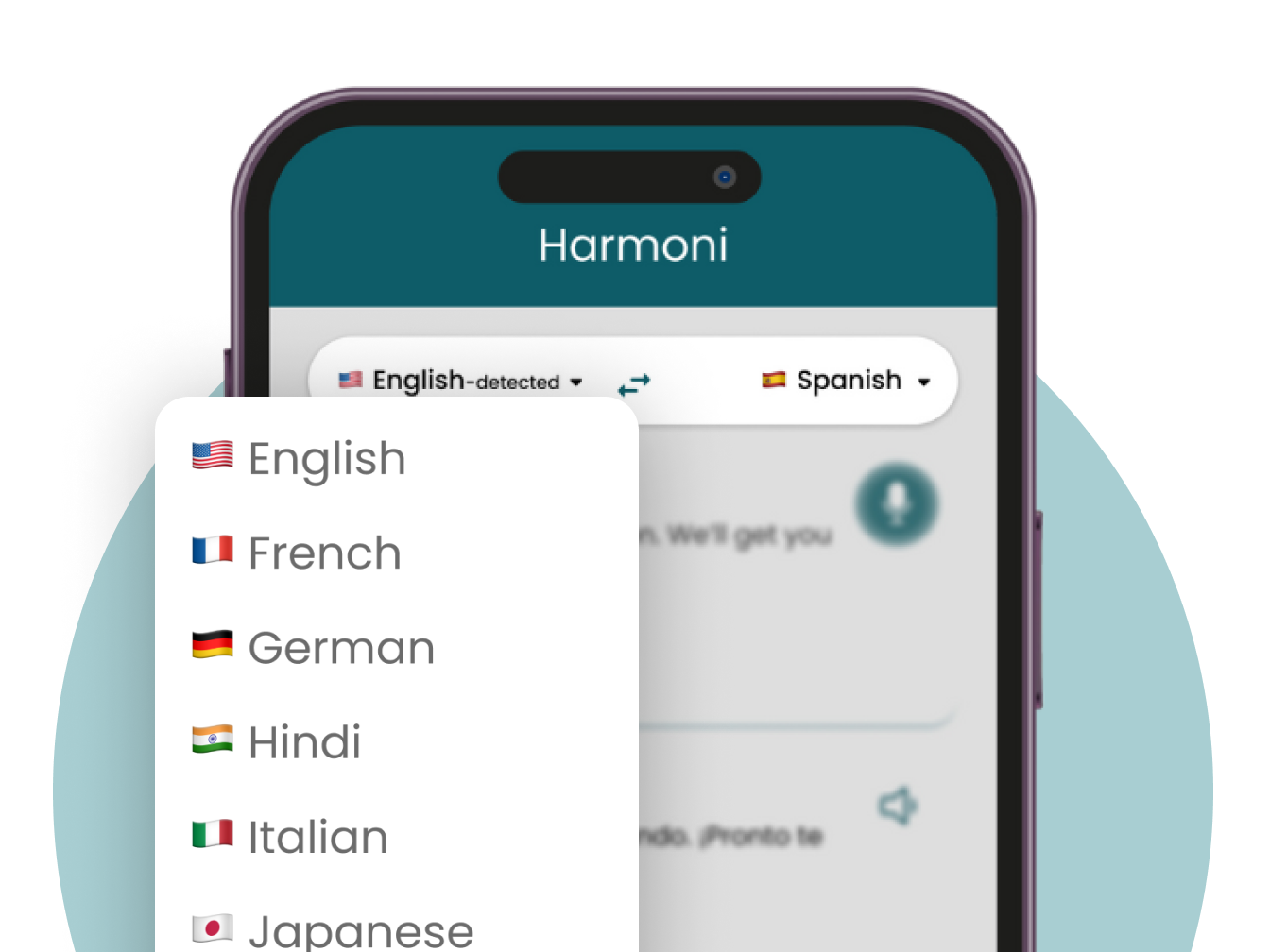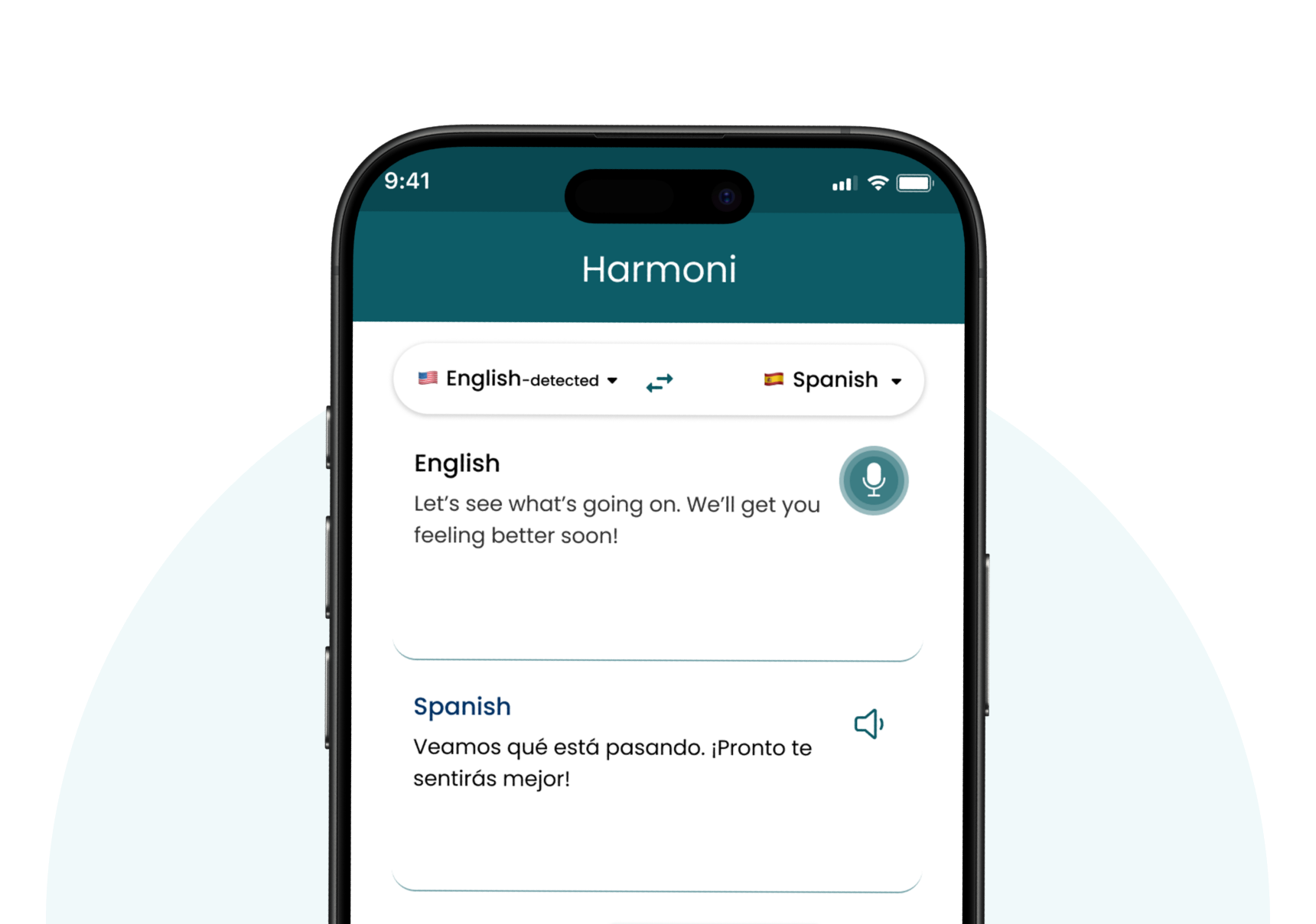
Discover expert guidance on breaking language barriers and enhancing patient communication in healthcare.
Introduction
In multilingual healthcare settings, effective communication is essential for delivering quality care. However, the terms "interpretation" and "translation" are often used interchangeably, leading to confusion. While both services aim to bridge language barriers, their roles, processes, and applications are distinct.
This blog will clarify the differences between medical interpretation services and medical translation services, their specific uses in healthcare, and how each contributes to improved patient outcomes and compliance.
Medical interpretation involves verbal communication, where interpreters facilitate real-time conversations between healthcare providers and patients who speak different languages.
Interpreters facilitate live conversations during consultations, emergencies, or patient-provider interactions.
Services can be provided on-site, over the phone (OPI), or via video remote interpreting (VRI).
Medical interpreters consider cultural nuances to ensure the message is accurate and appropriate.
When to Use Medical Interpretation
Medical translation focuses on written communication, converting documents into another language while maintaining their original meaning and accuracy.
Includes translating medical records, consent forms, discharge instructions, and prescriptions.
Translations must meet legal and regulatory standards, ensuring patients fully understand critical documentation.
Requires expertise in medical terminology to avoid errors.
When to Use Medical Translation
Medical interpretation deals with spoken, real-time communication, often during live interactions such as consultations or emergencies. It requires interpreters to navigate cultural nuances and deliver accurate verbal translations instantly.
Medical translation, on the other hand, focuses on written communication, ensuring that documents such as medical records or educational materials are accurately converted from one language to another. This process takes more time, as it demands precision and often involves regulatory compliance.
While interpretation emphasizes immediacy and verbal interaction, translation centers on accuracy in written documentation. Both are vital in multilingual healthcare settings, addressing distinct aspects of patient-provider communication.
Interpretation ensures patients understand their care during real-time interactions, while translation guarantees they have access to accurate written information about their treatment. Together, these services provide a comprehensive communication solution.
Legal regulations, including HIPAA and Title VI, require healthcare providers to offer language access services. Interpretation and translation help providers meet these requirements, ensuring all patients receive equitable care.
By using both interpretation and translation, healthcare providers demonstrate their commitment to inclusivity, ensuring patients feel valued and understood regardless of language barriers.
Ensure interpreters and translators are trained in medical terminology.
Protect patient privacy by partnering with providers that follow strict data security protocols.
Opt for a service that can handle both real-time and document-based communication needs as your organization grows.

Harmoni’s medical translation and interpretation services ensure accurate, culturally sensitive communication for patients and providers. Trusted solutions tailored to healthcare needs.
Partner with Harmoni TodayUnderstanding the differences between medical interpretation and translation services is crucial for delivering comprehensive care in multilingual healthcare settings. While interpretation addresses immediate verbal communication, translation focuses on written accuracy. Together, they ensure improved patient experiences, regulatory compliance, and effective communication.
Harmoni’s medical translation services and interpretation solutions provide the expertise, compliance, and scalability needed for exceptional patient care. Partner with Harmoni today to support your multilingual patient care efforts.
Try our Medical Translation Service free for 10 minutes—no credit card required!
